Showing 191–200 of 236 results
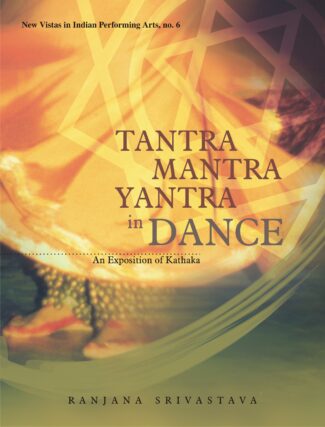
This book explores the roots of kathaka dance forms to reveal its sublime and divine dimension. It discusses the concept of Tantra and Sound and their manifestation in kathaka. It also analyses the distinct yantra formations both in the dance as well as the dance floor.
The Indian perspective has always been holistic and all-inclusive: thought and activity in different fields, at different levels, have been interlinked to produce what has been timeless. Indian arts is a classic example of such amalgamation: it interlinks aspects of art, philosophy, mythology, religion, and mysticism. This book is an attempt to unravel such links with specific reference to the Kathaka dance form. Dr. Ranjana Srivastava explores the roots of Kathaka dance form to reveal its sublime, philosophic, esoteric and divine dimensions. Focussing on inter-relationships, she unfolds how dance embraces other disciplines of Yoga Tantra, Mantra and Yantra. She discusses the concept of Tantra and its approximation and application to the dance form the way Kathaka absorbed the sacred knowledge within its form. She deals with the importance and aspects of sound in the Hindu religious scheme and its manifestation in Kathaka. Explaining the significance of the yantra as a diagrammatic/geometric representation and the way it functions, she analyses the techniques of Kathaka which create distinct yantra formations both in the physical movements of the dancer in the surrounding space as well as on the dancing floor. The study abounds in extensive notes to explain numerous terms and concepts and has references to noted works and authors on the subject. The book will be useful to experts and students of Indian art and, in particular, dance and will interest general people keen to know more about Indias art traditions.
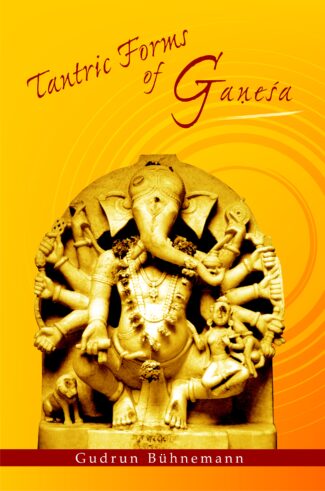
There may be many publications dealing with Ganesa, but only a few take original Sanskrit texts into consideration. Since the Tantric aspects of the deity have been studied too little, this book details fourteen forms of Ganesa as described in the Vidyarnavatantra.
Although the number of publications dealing with Ganesha is not insignificant, few take original Sanskrit texts into consideration. The Tantric aspects of the deity have certainly been studied too little. This book contributes to our knowledge of this less familiar side of Ganesha. It describes his forms according to the Vidyarnavatantra, a large compilation on mantrashastra attributed to Vidyaranya Yati and compiled around the seventeenth century. This text gives the iconographic peculiarities, mantras, and yantras of fourteen forms of Ganesha as well as instructions for the ritual application of the mantras.
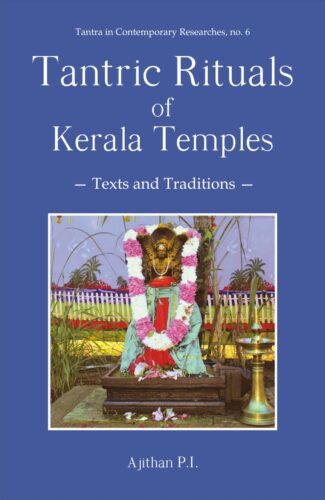
This volume presents an in-depth study of a distinct temple ritual cult of Kerala, a tradition deeply rooted within the Vedic ritualistic fold and characterized by Smarta-Pauranika beliefs and customs, which still remains to be a less explored subject, and its present institutionalized structure.
Kerala Tantra is a regional phenomenon, which is an offshoot or synthesis of Saiddhantika and Pancaratra tantric ritual rites. It is a tradition deeply rooted within the Vedic ritualistic fold and characterized by Smarta-Pauranika beliefs and customs.
This volume is a general, but a serious and in-depth study of distinct temple ritual cult of Kerala. Kerala Tantra still remains to be a less explored subject. There is no exclusive study on the ritual peculiarities of Kerala Tantra. This book focuses on filling that gap covering extensively the prominent characteristics of the unique ritual cult of Kerala.
The data presented in the book are based on many unpublished and less-known, but authentic manuscripts of late medieval period, and interviews with previous and current generations of tantrins and their testimonies. It covers the great traditions of Tantra, Kerala Tantra, and transmission of tantric knowledge through formal and informal methods. It also talks about the institutionalization of Tantric education, taking a cue from the context of Vedic and Sanskrit education of Kerala.
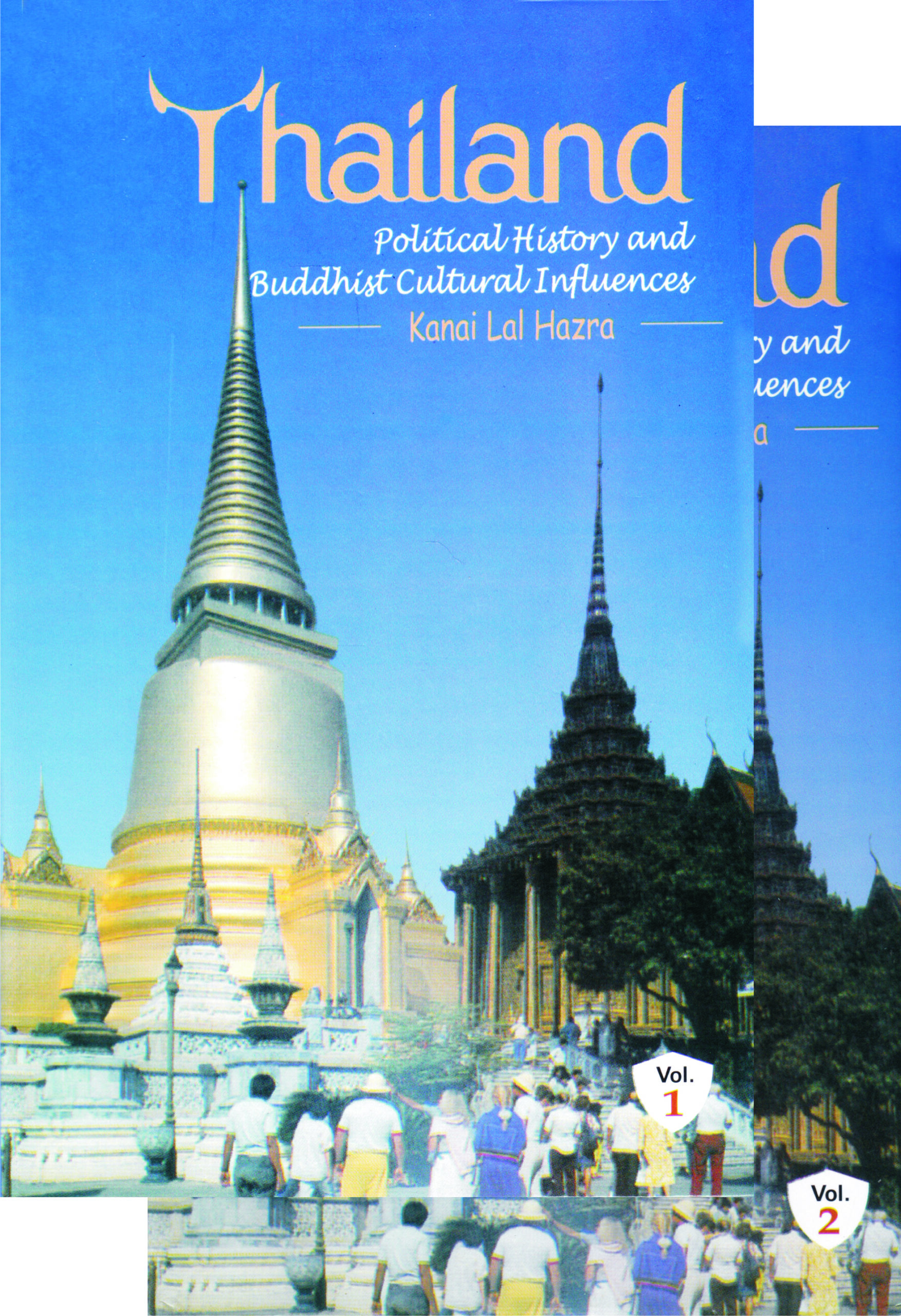
The book comprehensively studies aspects of Thai political life, religion, art and literature emphasising the role of Buddhism in influencing the Thai culture. It analyses Buddhist art styles pertaining to sculpture, stucco decoration and paintings in different periods of history and surveys schools of art and stupa-building.
The book is a comprehensive study of different aspects of Thai political life, religion, art and literature with the emphasis on the role of Buddhism in influencing the Thai culture and way of life. Showing how Thailand has a unique blend of a glorious past traceable to very early times and remarkable modernisation attempts, it traces, under political history, the earliest dynasties of kings and their battles and wars to found empires and cities down to more recent political developments in particular, its loss of territories to the British and the French in the nineteenth-twentieth centuries, its relation with other nations and its economic scenario. Reflecting deep scholarship and quoting extensively from ancient and modern scholarly works it looks into the rise and development of Buddhism referring constantly to inscriptional evidences and archaeological studies. Focussing on a detailed analysis of the growth of Buddhist art styles pertaining to sculpture, stucco decoration and paintings in different periods of history, it takes up a survey of the schools of art and stupa-building while revealing how the Thai art form is based on ideas borrowed from India, Sri Lanka and Cambodia. In an interesting attempt, the author undertakes a discussion of the Thai tamnan (stories/legends) of the distant past: historical works by Buddhist monks and accounts relating to Buddhist images, relics and institutions.
Indisputably one of the world’s best-known books, the Bhagavadgita embodies the quint-essence of classical Upanisadic philosophy, presented in the form of a dialogue between Krsna, the archetypal teacher, and Arjuna, the archetypal human being caught in the grip of a monumental crisis. For anyone like Arjuna who has ever paused to ponder the meaning of life, the work is as relevant today as it was when it was written.
By stripping away the manifold biases — both subtle and obvious — that have colored other commentaries, Guru Nitya has uncovered the perennial philosophy at the heart of this great classic. In an original, easy to understand format, his commentary divides each of the Gita’s eighteen chapters into three sections: the first elucidating the basic concepts involved; the second including Sanskrit text in Roman script along with the English meaning of each word or phrase and Nataraja Guru’s lucid and revolutionary English translation; and the third carrying explanatory notes and comments in the form of a dialogue between a teacher and student.
The breakthrough of this interpretation of the Gita is in its transcendence of sectarian dogma to reveal the work as a fully developed scientific psychology, whose keen insights and vivid reasoning can be readily appreciated by the twenty-first-century mind.

The Gospel of Buddha sketches the picture of a religious leader of the remote past with a view of make it bear upon the living present and become a factor in the formation of the future. It essentially talks about all major developments in the life of the Buddha and helps all true Buddhists understand the real tenets of Buddhism to stand firm on ground.
The Gospel of Buddha characterizes the spirit of Buddhism correctly and concisely. It draws parallelisms in Western thoughts, especially those which reflect in the Christian Gospels. Buddhism like Christianity has a number of sects and this book, however, does not side with any sectarian tenets, but takes an ideal position upon which all true Buddhists may stand up as on firm ground. It helps people to comprehend Buddhism better in an easy way and it sets the reader thinking on the problems and challenges of religions today.
It sketches the picture of a religious leader of the remote past with a view of make it bear upon the living present and become a factor in the formation of the future. It essentially talks about all major developments in the life of the Buddha – his transformation from Prince SiddhÀrtha to the Buddha, to his founding of the Kingdom of Righteousness, to the consolidation of his religion, to his teachings, and to the parables and stories that he used, to his last days.
This book is expected to serve both the Buddhists and Christians to penetrate deep into the spirit of their faith so as to see its full length, breadth and length.

The Gospel of Buddha sketches the picture of a religious leader of the remote past with a view of make it bear upon the living present and become a factor in the formation of the future. It essentially talks about all major developments in the life of the Buddha and helps all true Buddhists understand the real tenets of Buddhism to stand firm on ground.
The Gospel of Buddha characterizes the spirit of Buddhism correctly and concisely. It draws parallelisms in Western thoughts, especially those which reflect in the Christian Gospels. Buddhism like Christianity has a number of sects and this book, however, does not side with any sectarian tenets, but takes an ideal position upon which all true Buddhists may stand up as on firm ground. It helps people to comprehend Buddhism better in an easy way and it sets the reader thinking on the problems and challenges of religions today.
It sketches the picture of a religious leader of the remote past with a view of make it bear upon the living present and become a factor in the formation of the future. It essentially talks about all major developments in the life of the Buddha – his transformation from Prince SiddhÀrtha to the Buddha, to his founding of the Kingdom of Righteousness, to the consolidation of his religion, to his teachings, and to the parables and stories that he used, to his last days.
This book is expected to serve both the Buddhists and Christians to penetrate deep into the spirit of their faith so as to see its full length, breadth and length.
The Kalacakra Tantra was the last major Tantrik text written in India before the decline of Buddhism. The book has left indelible influence over different regions of Asia in last thousand years of its journey. Apart from the Vimalprabha commentary composed during the mid-11th century, there is no verse by verse commentary available to the general reader. Kumar has attempted translation of the full text from Sanskrit original and has also contributed a new detailed commentary. This book locates mysterious Sambhala and Oddiyana. The book further delves into the chronology of legendary Kalki kings.
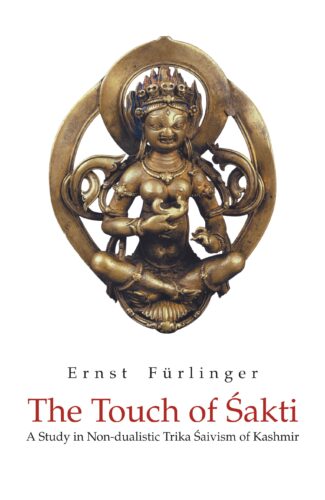
This volume presents an overview of the historical development of the Kashmirian Saiva traditions, especially of the non-dualistic system, Trika, and deals with the bodily experience of the transcendent power, the Sakti, in the context of the Saiva Kundalini-Yoga.
The Kashmirian Shaiva tradition in its non-dualistic form in particular is one of the richest philosophical traditions of India that have survived to the present day. This book by the noted scholar, Dr Furlinger, deals with the bodily experience of the transcendent power, the Shakti, in the context of the Shaiva Kundalini-Yoga. In an insightful introduction, the scholar presents an overview of the historical development of the Kashmirian Shaiva traditions, especially of the non-dualistic system, Trika, made famous by the work of its famous proponent, Abhinavagupta. He studies the theme of shaktisparsha in selected texts of non-dualistic Trika Shaivism of Kashmir, focusing on Utpaladeva’s Shivastotravali of the tenth century and Abhinavagupta’s Tantraloka of the eleventh century. The texts are analysed along with a noted commentary associated with each to shed light on the different contexts and meanings in which the word sparsha occurs in connection with Shakti, the divine power, revered as the Goddess. The study examines sparsa as one of the highest stages in the spiritual ascent in the Tantraloka and its corresponding description in the Shivastotravali. The difference in the notion of sparsa in the two texts is also brought out. It thus reveals the liberating and critical potential of the non-dualistic Shaiva tradition of Kashmir. The book will interest scholars and students of Indology associated with Indian religious-philosophical traditions.
The Ramayana has effected incessantly the Indian consciousness for more 2,500 years. Its moral and ethical impact and relevance are par excellence of its poetic beauty and dramatic narrative. It gave a new praxis to the dharmic mores of the Indian psyche. The Valmiki Ramayana as Epic and Dharmasastra: Reading the adikavya as an Ethical Guide is derived from a series of three lectures that Prof. Dr Robert Goldman delivered at the Department of Philosophy, Jadavpur University in 2016 as a visiting professor.
The book, while taking an overview of the Sanskrit epics as poetry, history and science, takes one through the dilemma that Dasaratha faces due to his denying kingdom to Rama and the latter’s going for vanavasa, the ethical and moral challenges that Rama faces in his war with Ravana and others, and in the ethical shift that Rama undergoes from his compassionate and self-sacrificing moral code to a more rigid dharmasastra and arthasastra-oriented mode of royal conduct in the last part of the epic. All this, looking back over the various situations, episodes and responses of the principal characters in the epic drama.
The Ramayana thus functions not only as as a grand kavya and an ithihasa, but also as a dharmasastra and a nitisastra as well.
| There are no products |